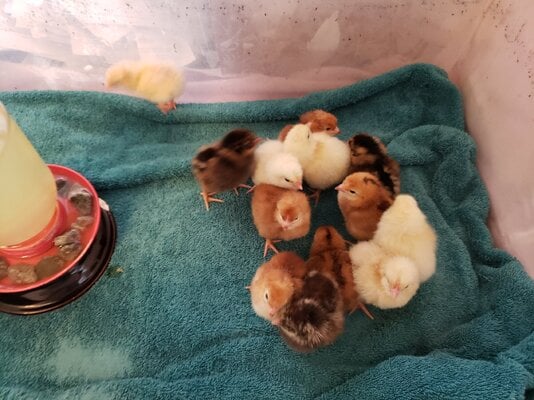- Jan 4, 2014
- 217
- 202
- 231
We have year old Dark Cornish and White Rock chickens. Got these specific breeds to start a breeding program to 'make' our own good 'meat birds'. Basically, 'Cornish x' of some kind.
*I know that commercial hatcheries have years science going into their breeds so ours will never approach the 'perfect' chicks that come from them.* We just want some heavy birds, good for meat.
My question deals with 'generations' of hatchlings. For example we have a Dark Cornish roo over White Rock hens and a White Rock roo over Dark Cornish hens. What is our next step with breeding? I am presuming we would proceed with the X chicks and couple with either a full white rock roo or hen?
If this question is better addressed elsewhere, please direct me.
Thank you.
*I know that commercial hatcheries have years science going into their breeds so ours will never approach the 'perfect' chicks that come from them.* We just want some heavy birds, good for meat.
My question deals with 'generations' of hatchlings. For example we have a Dark Cornish roo over White Rock hens and a White Rock roo over Dark Cornish hens. What is our next step with breeding? I am presuming we would proceed with the X chicks and couple with either a full white rock roo or hen?
If this question is better addressed elsewhere, please direct me.
Thank you.






